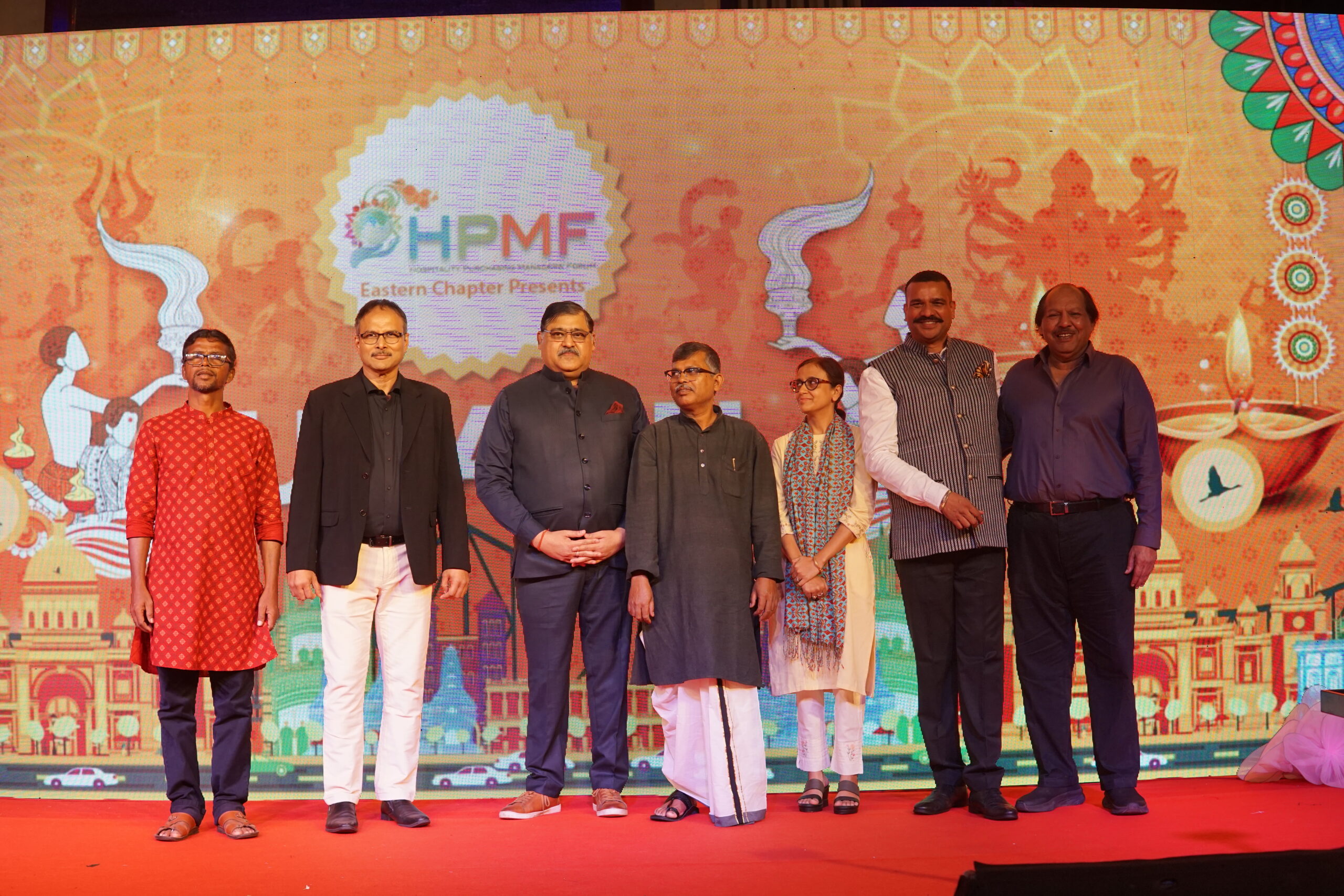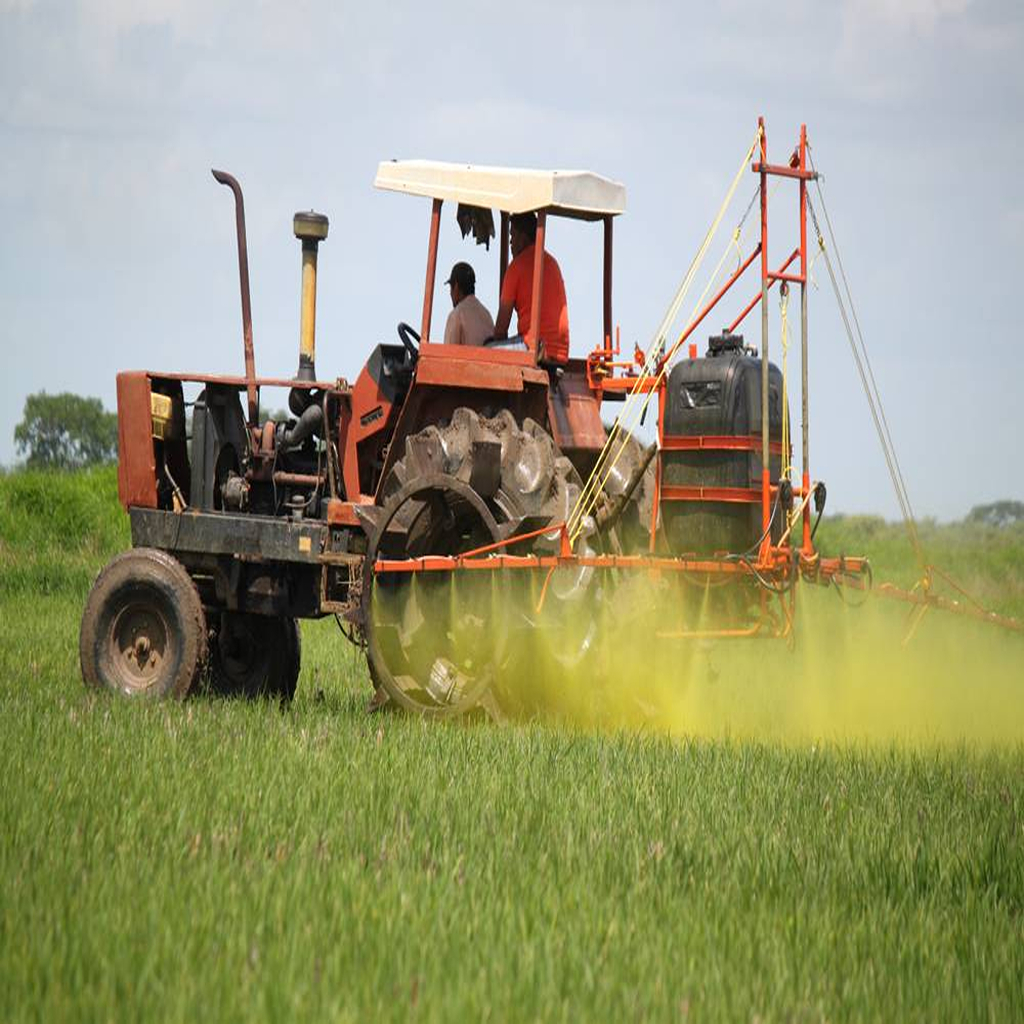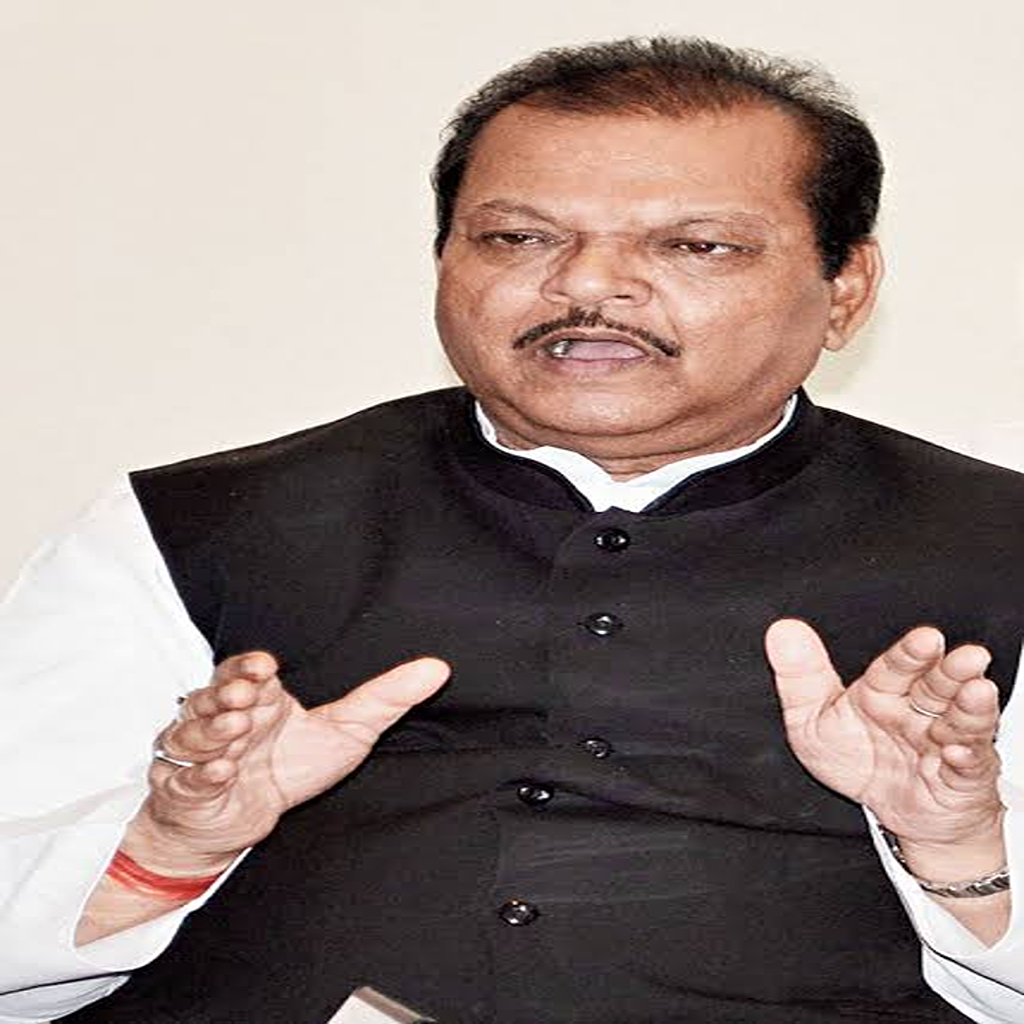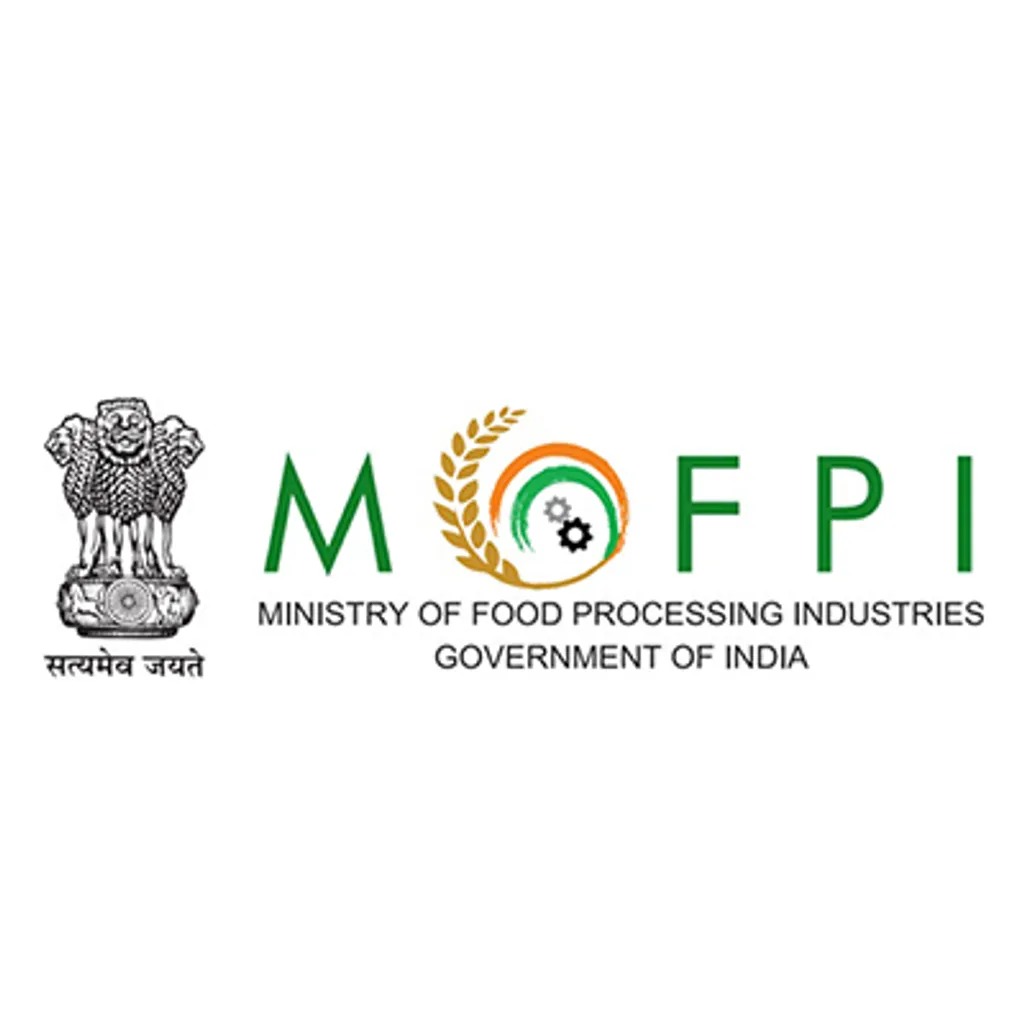
India is hosting the presidency of the Shanghai Cooperation Organization (SCO) for the year 2023 amongst the eight member states that make up this consortium. The Ministry of Tourism, Government of India has completed SCO Tourism Mart from 9th-11th February 2023, SCO Expert Level Tourism Working Group Meeting and SCO Tourism Minister’s Meeting in Kashi (Varanasi) from 13th – 18th March 2023 and the last SCO Millet Food Festival, which will be held at Taj Mahal Palace, Mumbai from 13th to 19th April 2023.
The SCO countries have a diverse mix of cultures and traditions, which is aptly reflected in their cuisines. The cuisine of SCO countries will offer unique delights to food lovers. To create awareness and increase the production & consumption of millets, United Nations declared 2023 the International Year of Millets. The idea behind the international year is to promote millets as they are climate resilient and consuming them can help the world meet at least six United Nations-mandated sustainable development goals.
At The Taj Mahal Palace, Mumbai – it is our honour to play host to EIGHT international chefs from the SCO Member Countries of Russia, Uzbekistan, Kazakhstan, & Kyrgyzstan. India is being represented by Chef Amit Chowdhury – Executive Chef and Chef Surendra Kambra – Executive Sous Chef of The Taj Mahal Palace Mumbai. The Shamiana, Mumbai’s first all-day dining restaurant, is the perfect place to host this unique culinary celebration.
International Year of Millets (IYoM)-2023:
The government of India had proposed to United Nations for declaring 2023 as the International Year of Millets (IYOM). The proposal of India was supported by 72 countries and United Nations General Assembly (UNGA) declared 2023 as the International Year of Millets on 5 th March, 2021. Now, Government of India has decided to celebrate IYOM, 2023 to make it peoples’ movement so that the Indian millets, recipes, value-added products are accepted globally.
Millets have been an integral part of our diet for centuries. In addition to a plethora of health benefits, millets are also good for the environment with low water & input requirement. With the aim to create awareness and increase production & consumption of millets, United Nations, at the behest of the Government of India, declared 2023 the International Year Millets. To commemorate this, Ministry of Tourism hosting Shanghai Corporation Organization (SCO) Millet Food Festival where Various SCO member countries Chefs will take part of the festival and showcase various recipes related with millet and serve at various restaurant at Taj Palace Mumbai.
‘Millets’ were among the first crops to be domesticated in India with several evidence of its consumption during the Indus valley civilization. Being grown in more than 130 countries at present, Millets are considered traditional food for more than half a billion people across Asia and Africa. In India, millets are primarily a kharif crop, requiring less water and agricultural inputs than other similar staples. Millets are important by the virtue of its mammoth potential to generate livelihoods, increase farmers’ income and ensure food & nutritional security all over the world.
Millets are small-grained, annual, warm-weather cereals belonging to the grass family. Jowar (Sorghum), Bajra (Pearl Millet) and Ragi (Finger millet) are the important millets cultivated in India. Small Millets such as Proso (Cheena), Kodo (Kodra, Arikelu), Fox tail (Kangni/Korra), Barnyard (Varai, Sawa), Little millet (Kutki) are also grown in our country.
Types of Millets
India is one of the leading millet producers, accounting for 36% of global production. Millet is commonly classified into two types: naked grains and husked grains, with ragi, jowar, and bajra falling into the naked grains category. These are popular because they do not need to be processed after harvesting; they can simply be cleaned and used. Foxtail, little, and kodo millet, on the other hand, are husked grains because they have an indigestible seed coat (husk) that must be removed before consumption.
The incredibly rich nutrient composition is simply enough to add millets to your diet. Millets are gluten-free and can be easily absorbed by the body besides being a rich source of fibre, copper, calcium, iron, manganese, phosphorus, and magnesium. These are slow in digestion and do not cause spike in blood sugar levels therefore making it beneficial for diabetics. Apart from the many health benefits, millets come with a unique taste that ups the flavour quotient of any dish. With many culinary innovations in the recent past, major millets like ragi, bajra and jowar are being used to prepare heart-warming snacks and meals such as bajra tarts, khichdi, ragi dosas, etc. We have got the best of millet recipes that are a perfect mix of healthy, tasty, easy and quick so that you can prepare them at home.
Central Asian and Russian cousin:
The Food Festival also offers a unique opportunity to the food lover of Mumbai to explore the unique delight of SCO countries where various mouthwatering recipes made by millets will showcase at food festival like Rajgira Kofta Curry. Bajra Bhakri, Barley Millet Ki Tawa Tikki, Ragi Kalakand and Cabbage Rolls with Millet, Mushrooms etc.







